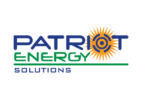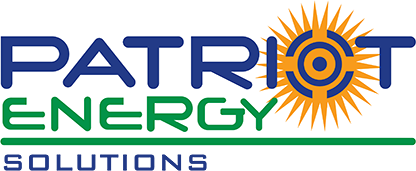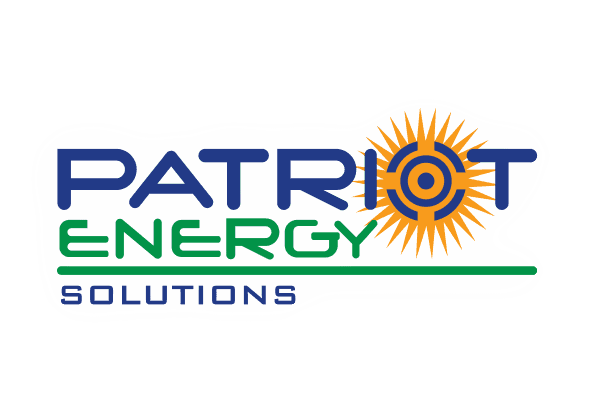The article discusses how solar energy is assessed in New York City. Different sources of solar, the type of panels needed for different power demands, and how a new program can help with the evaluation process are discussed.
How is solar energy assessment done in New York?
A solar energy assessment is a process of calculating the potential solar resources of a site and making a recommendation on how to optimize their use. Solar assessments typically take into account the site’s latitude, orientation, surface area, and building height.
To provide an accurate assessment of solar potential, various factors must be taken into account including the sun’s zenith angle (the point in the sky where it is at its highest point), the latitude of the site, the season of the year, and the time of day. Additionally, different parts of the country receive different amounts of sunlight throughout the day.
The most common method used to assess solar potential is called “photovoltaic irradiance mapping.” This technique uses aerial photography to create detailed images of roofs, installing trackers on each roof so that energy production can be measured over time. The data collected can then be used to calculate each building’s average irradiance (the amount of sunlight that falls on a given area). When an energy company assesses a site, they look at both the thermal performance and the photovoltaic potential of each building.
Thermal performance is typically expressed as to how well a building can heat and cool itself in a given climate. If a building’s design is appropriate based on this information, it will be able to operate efficiently; if not, it may not be possible to operate it effectively. The photovoltaic potential is determined by measuring how much sunlight reaches each roof; these measurements are referred to as “photovoltaic irradiance mapping” and allow for the calculation of how much solar energy can be generated by each roof. By considering all of these factors, an energy company can determine the most efficient type
The first step of solar projects: field analysis
A solar energy assessment is a process of determining the feasibility of installing solar panels in an area. It includes making an assessment of the site’s solar potential and taking into account factors such as sun exposure, orientation, shade, and roof type. In order to make an informed decision about whether or not solar panels should be installed, it is important to have accurate information about the site. This is where field analysis comes in.
Field analysis is a process that involves gathering data from the site itself. This data can come from several sources, including weather reports, satellite images, and mapping software. By gathering this information, solar assessors can identify the best places to install solar panels.
Once field analysis has been completed, solar projects can move forward in two ways: pre-approval or post-approval. Pre-approval means that the assessor has determined that the project is feasible and does not need any additional approvals from governing bodies. Post-approval means that the assessor has determined that the project meets all necessary requirements and should be moved forward without any further delays.
Regardless of how a solar project moves forward, it is important to have accurate information about the site in order to make informed decisions.
Contact Solar Consultants
The City of San Francisco is committed to changing the way it approves new solar projects. The city is currently working on a process that will allow the City to approve projects through a single point of contact. In some cases, this could speed up the process and reduce the need for field assessments. If you are interested in receiving more information about how solar panels can be installed on your property, please contact us at (415) 353-3060 or send an email to [email protected].
What are the limitations of solar generation?
A solar energy assessment is done in New York to determine the potential for solar installations. The first step is to identify the site’s solar resource: the amount of sunlight that falls on a given area during the course of a day. Mathematical models are then used to calculate how much energy could be generated by installing photovoltaic panels on the property. Another limitation is that solar energy only provides power during daylight hours.
Long-term Trends
A solar energy assessment is a process whereby solar potential is estimated for a site, typically using a Geographic Information System (GIS). Potential sites may be identified through on-site surveys or analysis of aerial or satellite imagery. Once the site’s solar potential has been estimated, a preliminary solar energy assessment report can be generated. This report includes information such as the site’s latitude and longitude, area, and elevation. A more detailed solar energy assessment report can then be generated after further data gathering has been completed, including calculations of solar exposure and sunlight hours per year.
Solar potential is often assessed by taking into account site features such as topography, orientation, and nearby buildings. In order to accurately estimate the site’s solar potential, surveyors must first accurately map out the property. After the property has been surveyed, GIS software can be used to create maps that show all the different areas on the property. From there, sunlight exposure can be calculated for each area using factors like latitude and longitude. Lastly, sunlight hours per year can be determined by multiplying latitude by sun hour zone and longitude by zone number. Once the solar potential has been estimated, it is important to gather
Conclusion
A solar energy assessment is an important part of planning the right solar system for your home or business in New York. By understanding how much sunlight your location receives and determining which type of solar system would be best for you, you can make a sound investment that will provide years of reliable power. If you’re interested in learning more about solar energy assessment or want to get started on your own project, be sure to contact one of our experts today!


